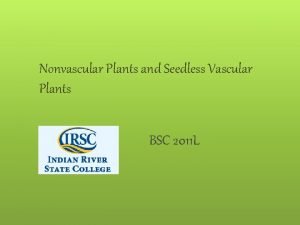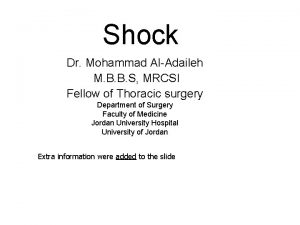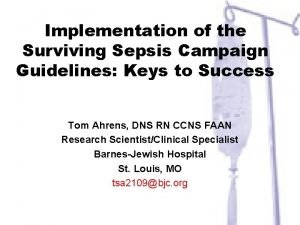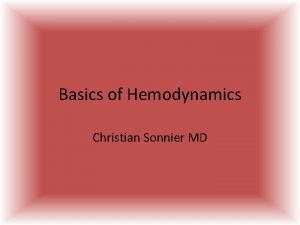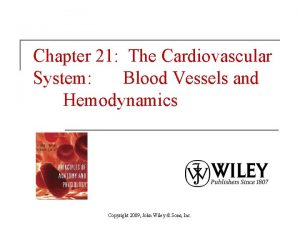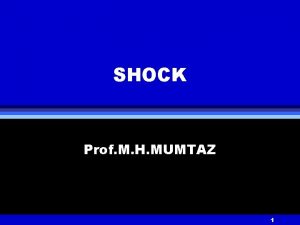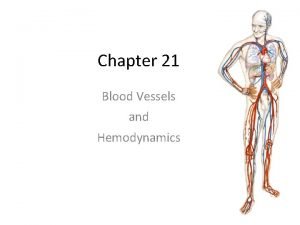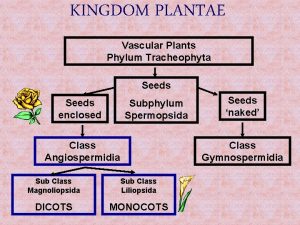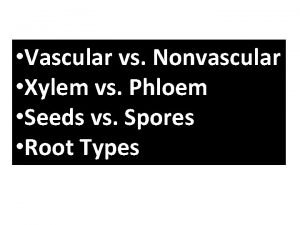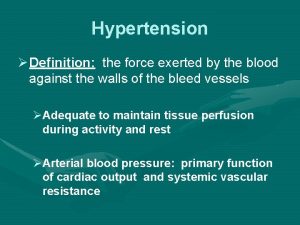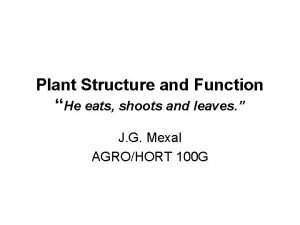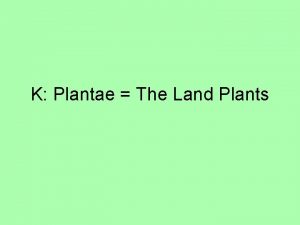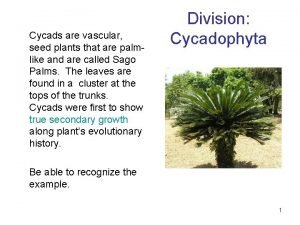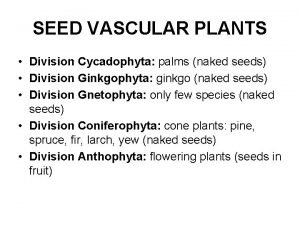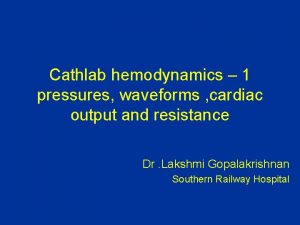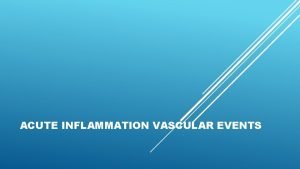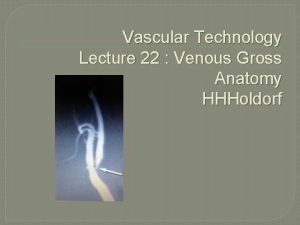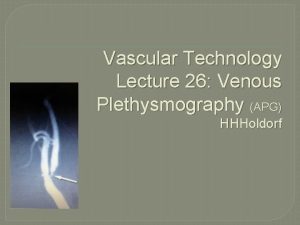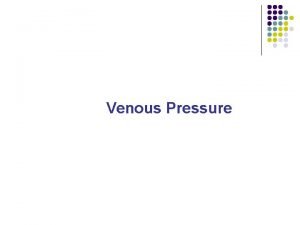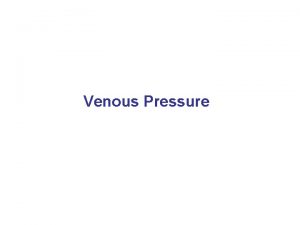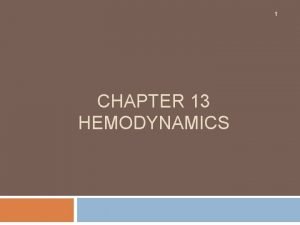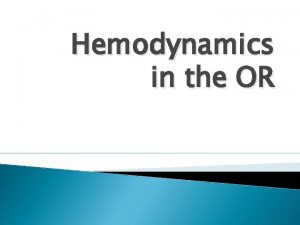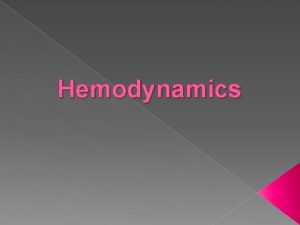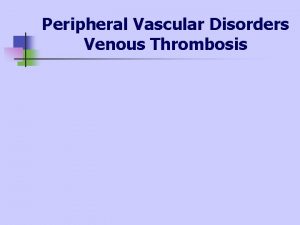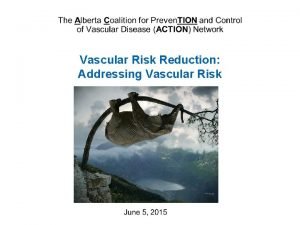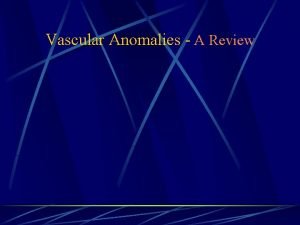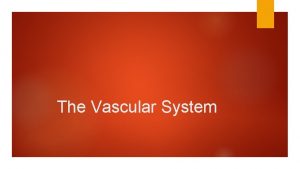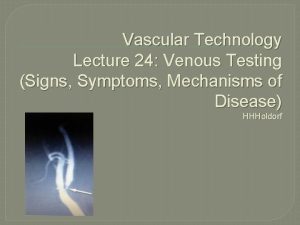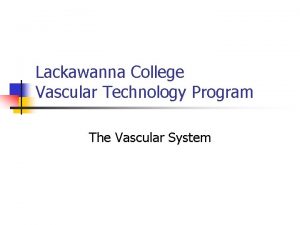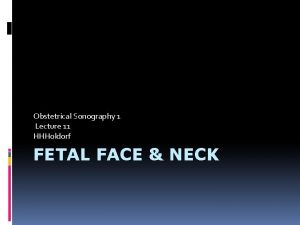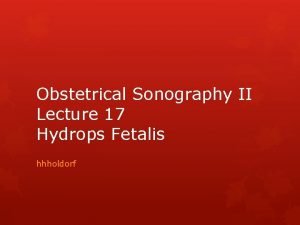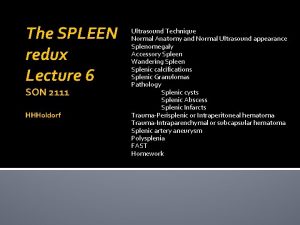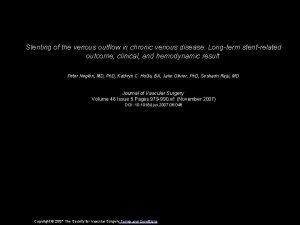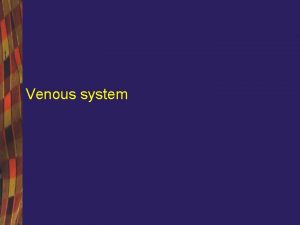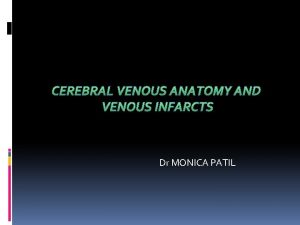Vascular Technology Lecture 23 Venous Hemodynamics HHHoldorf Venous


























- Slides: 26

Vascular Technology Lecture 23: Venous Hemodynamics HHHoldorf

Venous physiology and Hemodynamics Venous Resistance • Peripheral venous and arterial resistances are similar Both arteries and veins carry same amount of blood This Paradox is explained by the “collapsible” nature of the venous wall. • Flattened shape offers more flow resistance than circular shape


Pressure/volume Relationships When distended, cross-sectional area of the vein is about 3 -4 times that of the corresponding artery. The extra-pulmonary veins carry about 2/3’s of the blood in the body Shape of veins determined by transmural pressure (distension pressure), e. g. , the pressure within the veins versus pressure outside the vein

Low transmural pressure: Low volume of blood results in dumbbell shape High transmural pressure: high volume results in circular shape


Small pressure changes required to expand or distend vein from normal dumbbell shape to a circular one Once completely distended, greater pressure ranges required to accommodate further increases in volume

Hydrostatic Pressure (HP) Equivalent to the weight of a column of blood pressing against the vessels of the body; uses the heart as a reference point (HP is zero at the heart level). HP = pgh • P = specific gravity of blood • g = acceleration due to gravity • h = distance from the heart

HP is added to the existing circulatory pressure and is related to position: • Supine: HP exerted on veins and arteries negligible, assumed to be zero (Pressure (P) measured at all levels = actual circulatory P)


Standing • HP gradually increases from level to level down the body, reaching approximately 100 mm. Hg at the ankle.


Body part above heart: • Negative HP. • Measured pressure less than circulatory P.


Factors Affecting Venous Flow Venous/Skeletal muscle pump /’venous heart’ Muscle contraction squeezes vein propelling blood toward the heart

Effective calf muscle pump Blood moves from superficial system (S) to deep system (D) Competent valves prevent reflux Venous volume and pressure decreases Venous return to heart increases


Ineffective calf muscle pump • Incompetent valves cause reflux • Venous volume and pressure increases • Results in venous pooling and ambulatory venous hypertension

Respiration Inspiration • • Decrease in intra-thoracic pressure Increases blood flow from upper extremities Increase in intra-abdominal pressure Decreases blood flow from lower extremities


Exhalation • • Increase in intra-thoracic pressure Decreases blood flow from upper extremities Decrease in intra-abdominal pressure Increases blood flow from lower extremities

Valsalva Maneuver • Patient takes in deep breath and holds it, then bears down as if having a bowel movement • Intra-thoracic and intra-abdominal pressure increases significantly • All venous return is halted • This maneuver equates with proximal compression while performing Doppler assessment of the lower extremities


Additional Notes: When distended, cross-sectional area of the vein is about 3 -4 times that of he corresponding artery. Excluding pulmonary veins, extra-pulmonary veins carry about 2/3’s of the blood in the body- because they can STRETCH. Hydrostatic pressure (HP) Standing Heart 0 mm Hg Ankles 100+ mm Hg Arm raised -50 mm. Hg

Homework Textbook • Chapter 25 Venous Hemodynamics Pages 277 – 280 SDMS assignments

 Non vascular plant
Non vascular plant Vascular and non vascular difference
Vascular and non vascular difference Non vascular plants
Non vascular plants Neurogenic shock symptoms
Neurogenic shock symptoms Sepsis hour 1 bundle
Sepsis hour 1 bundle Hemodynamics
Hemodynamics Chapter 21 hemodynamics
Chapter 21 hemodynamics Anaphylactic shock hemodynamics
Anaphylactic shock hemodynamics Collateral circulation vs anastomosis
Collateral circulation vs anastomosis 01:640:244 lecture notes - lecture 15: plat, idah, farad
01:640:244 lecture notes - lecture 15: plat, idah, farad Spermopsida
Spermopsida Kolateral terbuka dan tertutup
Kolateral terbuka dan tertutup Breast vascular supply
Breast vascular supply Vascular vs nonvascular
Vascular vs nonvascular Types of sacred vessels
Types of sacred vessels Hypertension medical definition
Hypertension medical definition Seeded vascular plants
Seeded vascular plants Phylum and species
Phylum and species Morphology of flower
Morphology of flower Heterosporous
Heterosporous Are cycads vascular or nonvascular
Are cycads vascular or nonvascular A multicellular autotrophic organism with vascular tissue
A multicellular autotrophic organism with vascular tissue Secondary growth
Secondary growth Vascular plant
Vascular plant Svr calculation
Svr calculation Vascular response in acute inflammation
Vascular response in acute inflammation Dichotomous venation examples
Dichotomous venation examples
